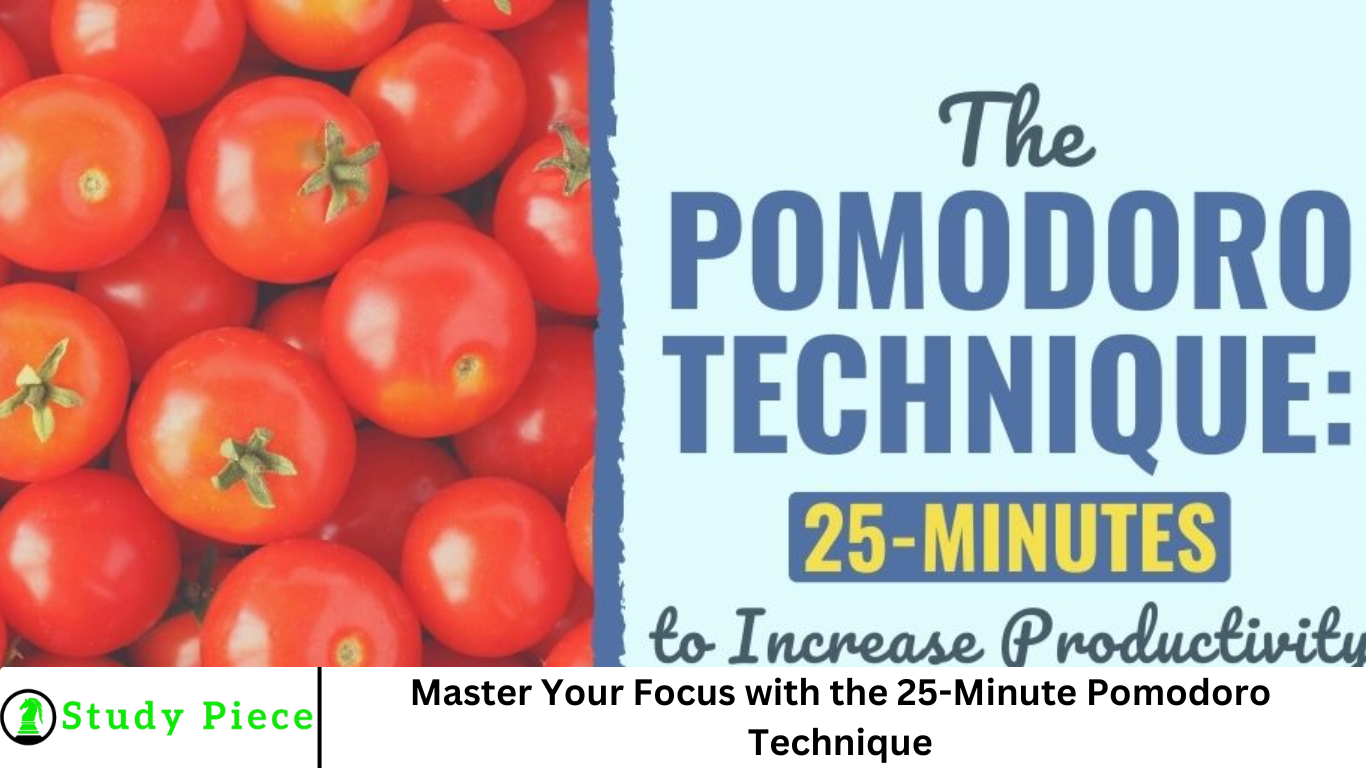Learning is a lifelong journey, but the way we learn can make all the difference. One of the most effective and proven methods for mastering any subject is the Feynman Technique. Named after Nobel Prize-winning physicist Richard Feynman, this approach emphasizes simplicity, clarity, and deep understanding over rote memorization.
Whether you’re a student, professional, or lifelong learner, this technique can revolutionize how you grasp complex topics. In this article, we’ll explore the principles behind the Feynman Technique, step-by-step instructions on how to apply it, and practical tips to integrate it into your learning routine.
More Read: Inspiring Mind Map Examples Every Student Should See
Who Was Richard Feynman?
Richard Feynman was a brilliant theoretical physicist known for his work in quantum mechanics, quantum electrodynamics, and particle physics. He was awarded the Nobel Prize in Physics in 1965 and played a crucial role in the development of the atomic bomb as part of the Manhattan Project.
Feynman was also a charismatic teacher and communicator, celebrated for his ability to break down complex scientific ideas into simple, understandable language. Despite his immense intellect, he considered himself “an ordinary person who studied hard,” and he firmly believed that anyone could learn difficult subjects with the right approach.
What is the Feynman Technique?
The Feynman Technique is a learning strategy that involves explaining concepts in simple language as if teaching someone else. This method forces you to confront your own understanding and identify gaps in your knowledge. The goal is not just to memorize facts, but to understand them so thoroughly that you can explain them clearly and concisely.
The Four Steps of the Feynman Technique
- Choose a Concept
Start by selecting a topic or concept you want to learn. It can be anything from algebra and physics to programming or history. Write the topic at the top of a blank sheet of paper. - Teach It to a Child
Write down an explanation of the concept as if you were teaching it to a 12-year-old. Use simple language and avoid jargon. The key is to break the concept down into its most basic components. If you struggle to explain something, that signals an area where you need to improve your understanding. - Identify Gaps and Review
Review your explanation and pinpoint the areas where your knowledge is lacking or your explanation is unclear. Go back to the source material, study those areas again, and revise your explanation until it makes sense. - Simplify and Use Analogies
Once your explanation is clear, simplify it further and add analogies or metaphors that make the concept even more relatable. Teaching with analogies not only reinforces your understanding but also helps others grasp the idea more easily.
Why the Feynman Technique Works
The effectiveness of the Feynman Technique lies in its focus on active learning and metacognition (thinking about thinking). By explaining concepts in your own words, you force your brain to engage with the material on a deeper level. This active engagement strengthens neural connections and promotes long-term retention.
- Active Recall: The process of retrieving information from memory, rather than passively reading or listening.
- Elaboration: Adding details and creating connections with what you already know.
- Self-Explanation: Articulating your understanding helps consolidate learning and identify misconceptions.
Practical Tips for Using the Feynman Technique
- Use a Notebook: Dedicate a notebook specifically for your Feynman exercises. Write down topics, explanations, and revisions.
- Teach a Real Person: Find a friend, family member, or study partner to explain the concept to. Their questions can highlight gaps you might have missed.
- Record Yourself: Use a voice recorder or video to capture your explanation and play it back to evaluate your clarity.
- Apply It Regularly: Incorporate the technique into your daily or weekly study habits to reinforce learning.
Examples of the Feynman Technique in Action
- Mathematics: Instead of memorizing formulas, explain what each term means and how the formula works. For example, describe why the quadratic formula solves quadratic equations.
- Science: Break down the theory of evolution into simple terms and use analogies to explain natural selection.
- Programming: Teach someone how a loop works in a programming language, using real-world comparisons like repeating a task until a goal is met.
- History: Summarize the causes and effects of historical events, using timelines and relatable examples.
Common Mistakes to Avoid
- Using Complex Language: Avoid the temptation to use technical jargon. If you can’t explain it simply, you probably don’t understand it well enough.
- Skipping Step 3: Identifying gaps and reviewing is crucial. Don’t skip this step, even if you think you understand the topic.
- Cramming: The technique works best when used consistently over time, not during last-minute study sessions.
Benefits of the Feynman Technique
- Deeper Understanding: Forces you to engage with the material meaningfully.
- Improved Memory: Enhances retention through active recall and repetition.
- Better Communication: Helps you articulate complex ideas clearly and effectively.
- Increased Confidence: Builds self-assurance as you master difficult subjects.
Integrating the Feynman Technique Into Your Routine
- Daily Reviews: Spend 10-15 minutes each day explaining a concept you’ve learned.
- Weekly Teaching Sessions: Set aside time each week to teach what you’ve learned to someone else or record a summary video.
- Exam Preparation: Use the technique to prepare for tests by teaching each topic aloud or writing out explanations.
- Group Study: Form a study group where each member explains different topics using the technique.
Frequently Asked Question
What is the Feynman Technique?
The Feynman Technique is a learning method that involves explaining a concept in simple language, as if teaching it to a child. The process helps uncover gaps in understanding and reinforces deep learning by simplifying complex topics.
Who can benefit from using the Feynman Technique?
Anyone can benefit—from students and professionals to lifelong learners. It’s especially useful for those trying to master complex subjects like math, science, programming, or even business concepts.
How is the Feynman Technique different from traditional studying?
Unlike passive studying (like rereading notes), the Feynman Technique involves active learning, where you interact with the material, test your understanding, and refine your explanations, leading to better retention and comprehension.
Can I use the Feynman Technique for subjects outside of science?
Yes. While it was popularized by physicist Richard Feynman, the technique can be applied to any subject—history, economics, languages, and even creative fields like art or music theory.
What if I don’t have someone to teach?
You can still use the technique by writing out explanations, speaking aloud, or recording yourself. The key is to verbalize or visualize your understanding as if teaching someone else.
How long does it take to see results with the Feynman Technique?
Many learners report improved understanding after just one session. However, consistent practice—like using it for daily reviews or exam prep—leads to stronger results over time.
Do I need any special tools or materials?
No special tools are required. A notebook, pen, or digital document is enough. Optional tools like flashcards, diagrams, or voice recorders can enhance the process but aren’t necessary.
Conclusion
The Feynman Technique is a powerful tool for mastering any subject, from science and math to art and history. By simplifying complex ideas and teaching them in your own words, you not only deepen your understanding but also enhance your ability to communicate and retain knowledge. Richard Feynman’s legacy lives on through this transformative approach to learning. Start applying it today, and you’ll be amazed at how much more effectively you can learn and grow.



